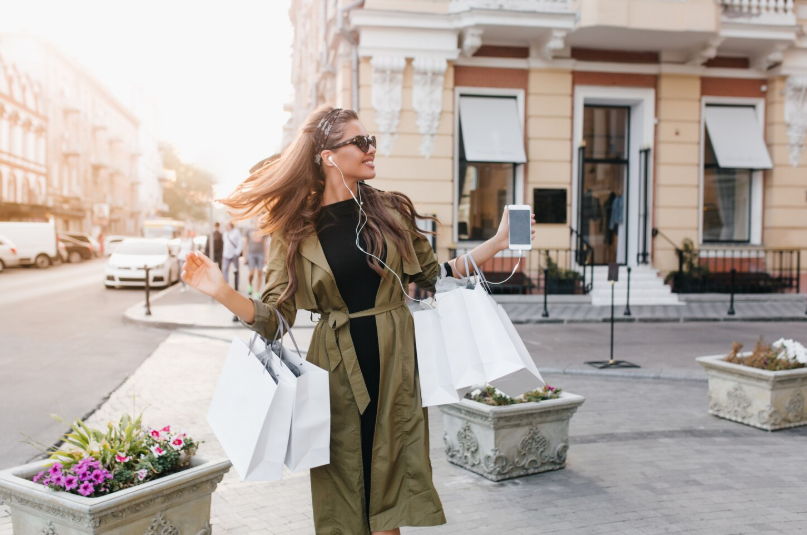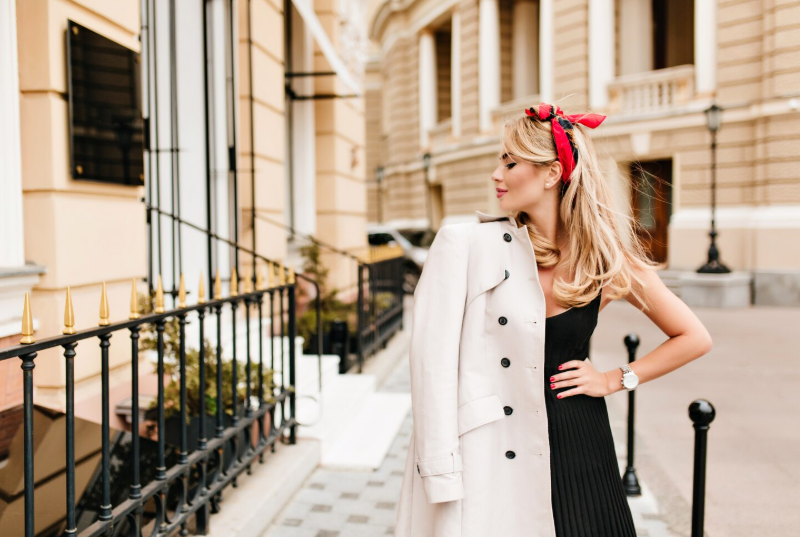
Behind the Velvet Rope: Europe’s Private Fashion Show Access
Behind the Velvet Rope: Europe’s Private Fashion Show Access
Introduction
Europe’s private fashion shows are intimate, highly curated events where designers preview collections to a select audience of buyers, celebrities, press, and influential clients. For a company director, access to this world is not merely about glamour — it is an opportunity to deepen brand affinity, identify retail and licensing partners, and build meaningful cultural associations that carry strategic value.
Why Private Fashion Shows Matter for Directors
Unlike public runway presentations, private shows are designed for decision-makers. The scale is smaller, the presentation is more focused, and conversations that matter happen offstage. For executives, the benefits are tangible:
- Strategic networking: direct access to designers, showroom directors, and influential buyers.
- Curated exposure: the ability to evaluate creative direction before competitors and media amplify it.
- Partnership potential: a space to negotiate collaborations, special editions, or corporate styling relationships in an atmosphere of exclusivity.
In short, these shows accelerate relationship-building and give directors early insights into trends that could influence product, marketing, or hospitality strategies.
How to Gain Entry: Practical Paths Behind the Rope
Access to private shows is limited but not impenetrable. Directors should pursue a blend of direct and indirect routes that align with their objectives and brand position.
- Leverage existing relationships: reach out to brand contacts, retail partners, or stylists who already have invitations.
- Work with showrooms and PR agencies: these intermediaries control many of the guest lists and can recommend curated placements for corporate partners.
- Offer strategic value: sponsorships, bulk corporate bookings, or curated hospitality packages often convert into access when brands see mutual benefit.
- Engage a trusted fixer: experienced local consultants can secure invitations and manage logistics in markets like Paris, Milan, and London.
Directors should approach access as a negotiation—what your company brings to the table (audience, distribution, or marketing support) is often as compelling as the desire to attend.
Etiquette: How to Behave Once Inside
The private show environment values discretion and taste. Directors should observe a few simple rules to maximize impact without overstepping:
- Respect the guest list: do not bring additional guests without prior approval.
- Limit overt branding: these spaces prize subtlety—let relationships, not logos, do the talking.
- Listen before promoting: spend the first half of the event absorbing the collection and the mood before initiating business conversations.
- Follow up promptly: a thoughtful, concise follow-up email to new contacts is more valuable than a flurry of messages.
Thoughtful behavior not only preserves access but builds the goodwill necessary for long-term collaborations.
Logistics: Planning an Efficient Visit
Private shows often require meticulous logistics: precise timing, bespoke travel, and wardrobe planning. For directors managing multiple priorities, delegation and advance planning are essential.
- Confirm schedules in writing: private presentations may run to tightly controlled windows.
- Plan secure transport: consider private transfers and on-call drivers to avoid delays between venues.
- Pack a flexible wardrobe: prioritize smart, adaptable pieces that suit both business conversations and evening receptions.
- Assign a point person: a trusted aide or consultant can handle RSVP changes and last-minute requirements, allowing the director to focus on relationship-building.
Efficient logistics minimize friction and free up time to foster the strategic conversations that matter.
Strategic Value: Measuring Return on Access
Measuring the return from private fashion access requires viewing outcomes beyond direct sales. Metrics that matter include:
- Number and quality of new strategic contacts
- Partnerships initiated within 6–12 months
- Media impressions or brand alignment opportunities achieved
- Creative collaborations, such as capsule collections or hospitality integrations
For example, a hospitality brand attending a private presentation may secure an exclusive capsule partnership that elevates its guest experience and yields incremental media coverage—returns that far exceed the ticket cost.




